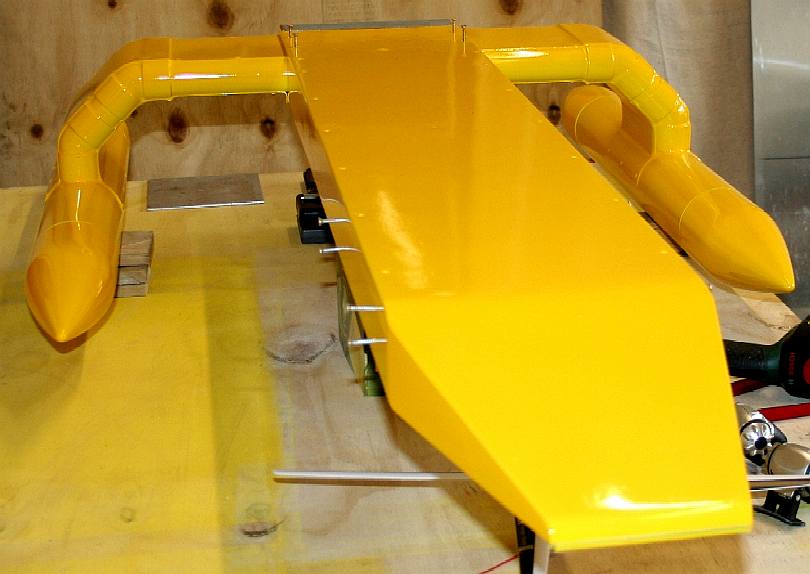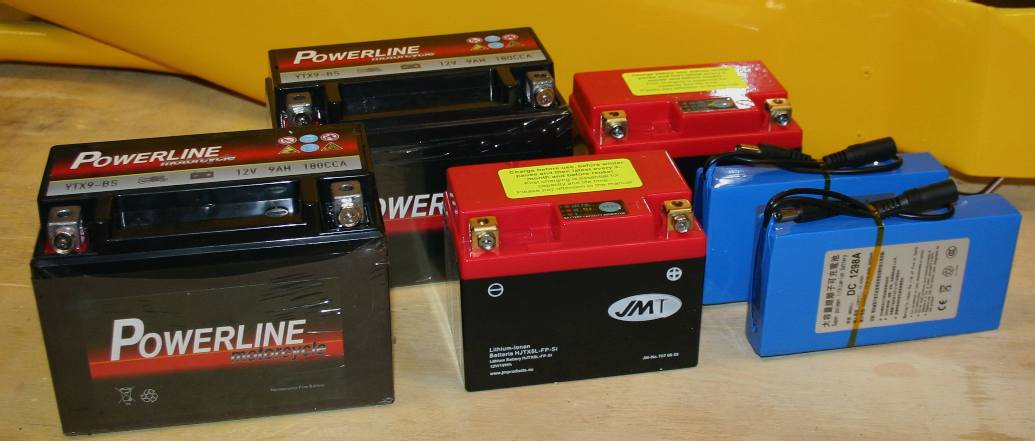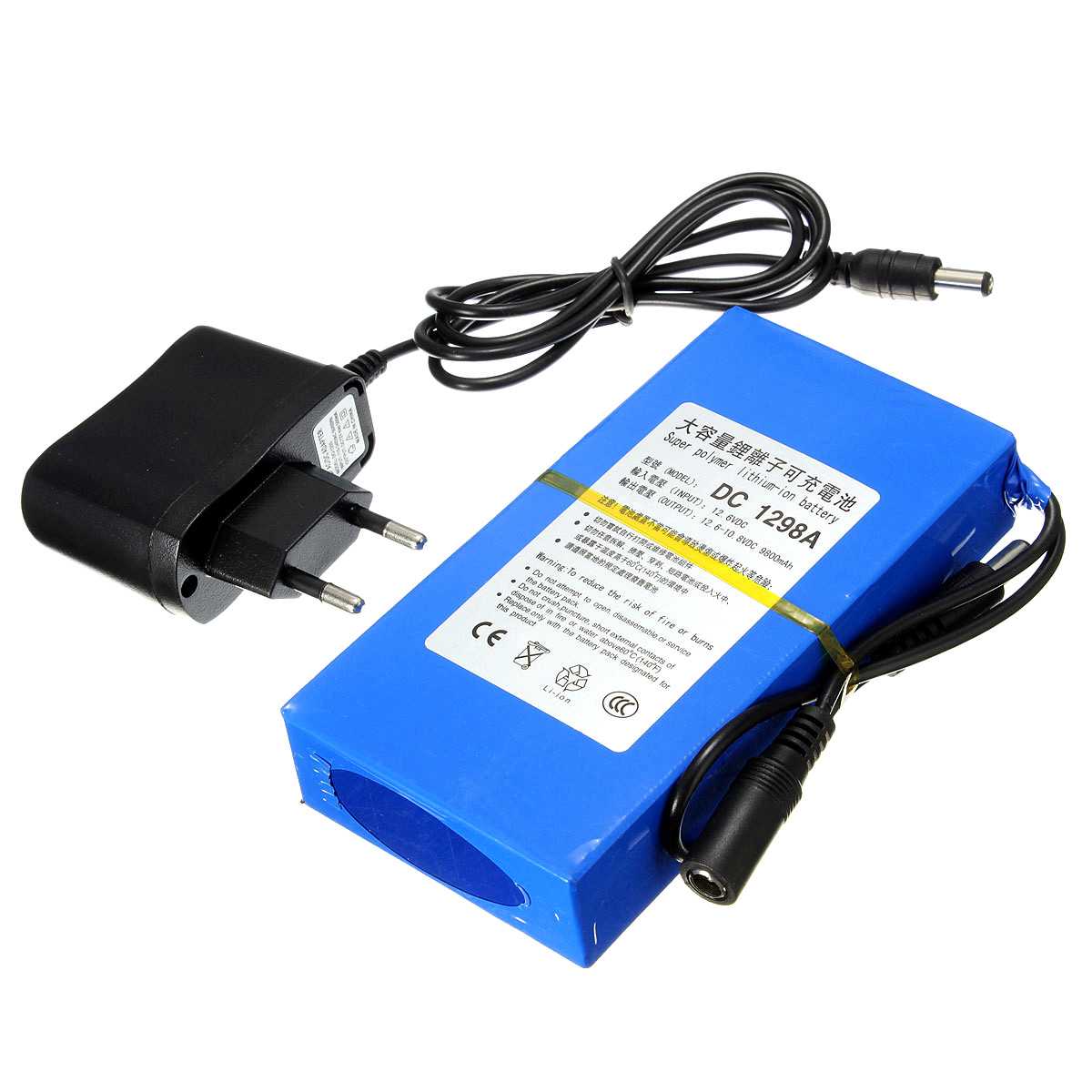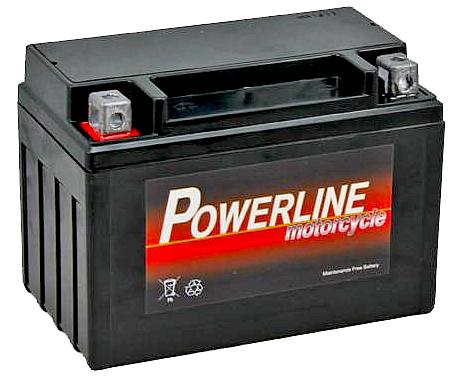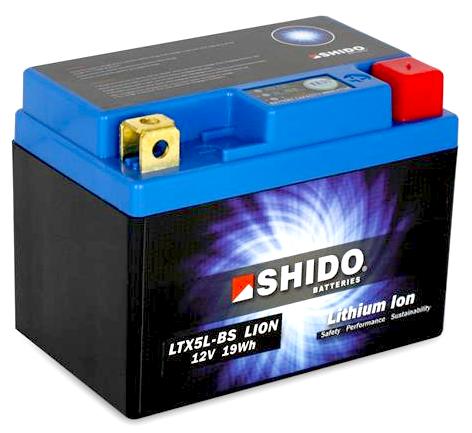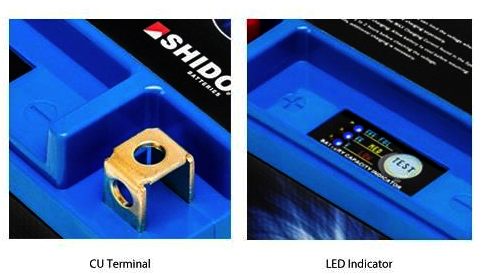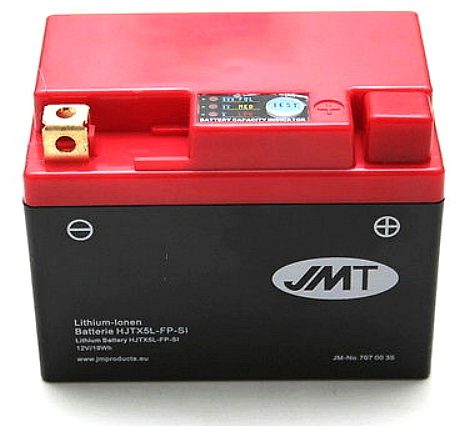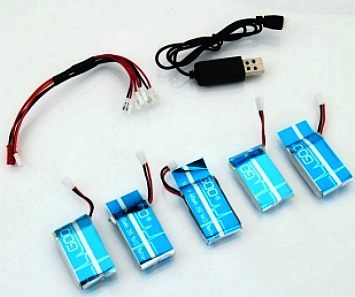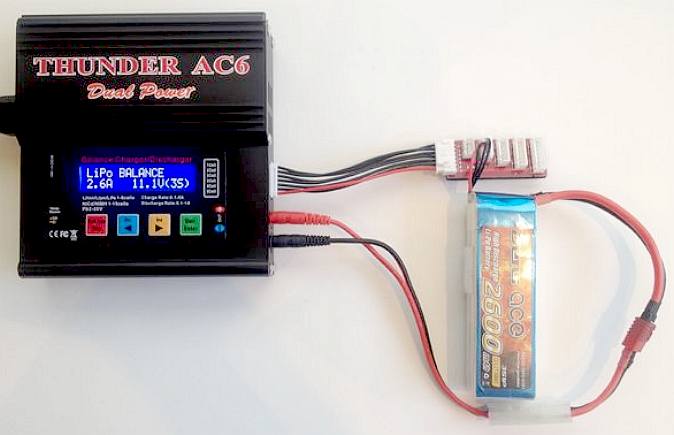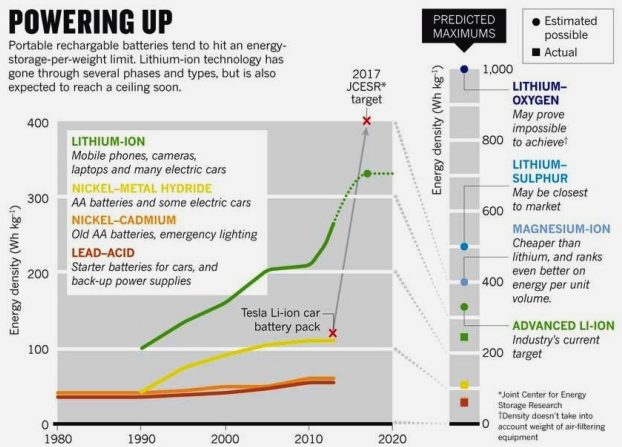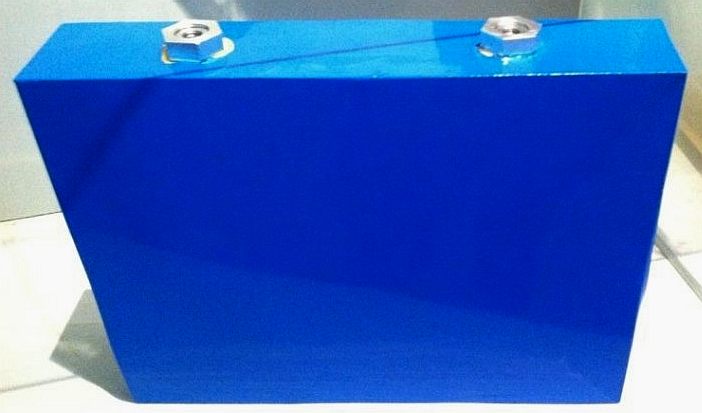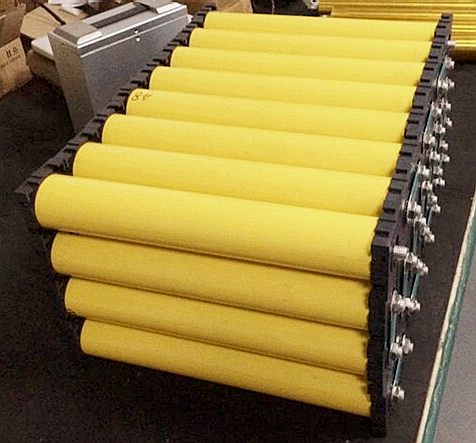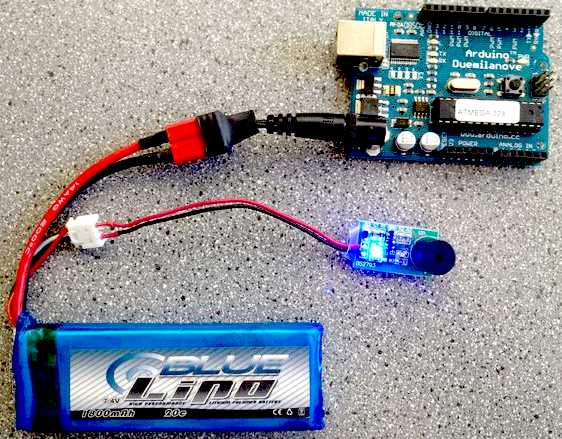|
SEAVAX™ - LITHIUM POLYMER BATTERIES
|
||||||||||||||||||||||||||||||||||||||||||||||||||||||||||||||||||||||||||||||||||||||||||||||||||||||||||||||||||||||||||||||
|
Into this hull we have to fit sufficient energy storage to run all of the onboard systems when there is no sunshine and no wind - or our testing schedule will go west. We have to allow for poor weather (doldrums) and emergencies - especially on the full size ship. Take a look at what is being packed into this proof of concept boat below. Yes, we need all of those and more. We'll discuss the advantages and disadvantages of each type on this page.
OCEAN ENTERPRISE 1 JANUARY 2015 START - WHIRLWIND FEASIBILITY STUDY
The Ocean Enterprise MK1, is a 1:20 scale fully functional 'proof of concept' model of a proposed autonomous, solar powered (small) ship that is designed to vacuum up plastic from the sea without causing undue harm to flora and fauna.
Just about all solar or wind powered electric vehicles need batteries as an energy store or buffer. We can run the SeaVax development models on batteries alone, since they will not be used for endurance missions. That said, as with other solar powered vessels that we have the data for, we would like to be able to show that our solar powered vessel can operate on energy from nature alone - and to charge the onboard energy store - for authentic simulation of real-life operational parameters. To that end we'll be testing a number of battery installations. LITHIUM POLYMER BATTERIES - We need a 24 volt bank to run our pumps and filtration plant and a 12 volt bank to run our shredding equipment. Lithium polymer cells are now available via Ebay at reasonable prices, but be careful of long delivery times. Our experience of Ebay has been most satisfactory and fairly good delivery times. We'll be using 2 of these packs that will give a total weight of 0.68Kg (1.5 lbs) for a reserve operating time (without sunshine or wind) of 4 hours, to include our onboard navigation computers. When calculating the capacity of your battery banks, be sure that the discharge rate is sustainable for your purposes, perhaps with some in reserve. SPECS: Weight:340g (12 ounces), Capacity: 9800mAh, Type: DC 12980, Size: 135x68x24 (mm). Built-in ON/OFF switch to save power usage. Input voltage: 12.6V. Output voltage: 10.8~12.6 DC. Product life: Circulation charge and discharge ≥500 times. Constant draw per battery is 2 amps - giving us 48 watts to play with.
The SI base unit for electric current is the ampere. 1 ampere is equal to 1000 milliamps, or 1 amp. Thus a milliampere hour (mAh) is 1000th of an ampere hour (Ah). An ampere hour (abbreviated Ah, or sometimes amp hour) is the amount of energy charge in a battery that will allow one ampere of current to flow for one hour.
LEAD
ACID (AGM) MOTORCYCLE BATTERY - By comparison, we will also be testing these
YTX9-BS Powerline lead-acid 12 volt units. They measure: Length 150 mm x Width 86 mm
x Height 107 mm and have a capacity of 9 Ah
with a CCA of 180 amps. Absorbent Glass Mat, or AGM technology became popular in the early 1980s as a sealed lead acid battery for military aircraft, vehicles and UPS to reduce weight and improve reliability. The acid is absorbed by a very fine fiberglass mat, making the battery spill-proof. This enables shipment without hazardous material restrictions. The plates can be made flat to resemble a standard flooded lead acid pack in a rectangular case; they can also be wound into a cylindrical cell.
NASCAR and other auto racing leagues choose AGM products because they are vibration resistant. AGM is the preferred battery for upscale motorcycles. Being sealed, AGM reduces acid spilling in an accident, lowers the weight for the same performance and allows installation at odd angles. Because of good performance at cold temperatures, AGM batteries are also used for marine, motor home and robotic applications.
Two of these batteries weigh 5.2 kilograms, or 11.46 pounds. That's quite a lot of weight to justify on the SeaVax model, but they are very economical @ under £30.00 delivered with an endurance of around 21 minutes (adjusted against real discharge limitations) for our application - with thanks to Tayna Batteries for their extremely efficient service. Tayna Ltd., Central Warehouse, High Street, Abergele, LL22 7AR, United Kingdom. Phone: 01745 823399 Fax: 01745 832527
LITHIUM ION MOTORCYCLE BATTERY - Again and to compare, consider these Shido and JMT 12 volt units. They measure: Length 114mm x Width 71mm x Height 106mm and use the latest LiFePO4 technology. This battery is a direct replacement for the YTX5L-BS and YTX-4L motorcycle batteries. Two of these batteries weigh just 0.8 kilograms, or 1.76 pounds. That is considerably lighter than the Powerline setup, with a cost around four times the lead-acids for a 13 minutes endurance, for our application - meaning that we'll need at least 4 units for 26 minutes endurance - without solar assistance. These units do not have much in the way of active lithium, but are more a large plastic container designed to mimic the original motorcycle battery - meaning that the quoted weight of 0.4kg is confusing to those estimating performance from mass. Watch out for delivery charges from Europe that are sometimes higher than from China.
Here is a way to get a perspective on the energy density of lithium batteries. A typical lithium-ion battery can store 150 watt-hours of electricity in 1 kilogram of battery. A NiMH (nickel-metal hydride) battery pack can store perhaps 100 watt-hours per kilogram (although 60 to 70 watt-hours might be more typical). A lead-acid battery can store only 25 watt-hours per kilogram. Using lead-acid technology, it takes 6 kilograms to store the same amount of energy that a 1 kilogram lithium-ion battery can handle. [These are averages]
Thus, if according to the packaging, the Shido unit above is rated @ 19Wh, that equates to a 1.58 amp/hours in lead-acid terminology. This is though more like 5 or 6Ah in reality because lead-acid batteries can only use 30% of their capacity due to the specific characteristics, while in lithium-ion batteries almost 100% of the capacity can be used. JMT use lithium-ion batteries as a cathode material of iron phosphate (LiFePO4) and lithium-polymer as the method of manufacture. A uniform charge of all cells is also ensured by a built-in ("balancing") processor.
If you need longer flying time for your quadcopters you can buy these Syma X5C.X5A upgrade 3.7V 600mAh Li-Po batteries. With high capacity and stable performance, the lithium batteries in the pack can provide your remote control quad longer-lasting energy supplies. Each battery can offer an extra 7-10 minutes of flight time over the original battery. The distributors claim that they are easy to use and install. This battery set will not add too much weight to your helicopter. It is relatively low in price for budget conscious consumers. Split charging cables are also included for more convenient charging.
QUADCOPTER
BATTERY
UPGRADE X5C and X5A - Features
and Specifications: Battery Dimensions (1.65 x 0.98 x 0.35)" / (4.2 x 2.5 x 0.9)cm (L x W x H) Package Includes: 5 x Batteries, 1 x Split charging Cable, 1 x USB Cable
A BIT ABOUT Li-Po BATTERY BANK CONFIGURATION
If you're new to lithium polymer/LiPo/LiPoly
batteries, there are
some terms you will need to know before being able to make choices. It's a bit daunting at first, but with some basic understanding,
it should all become clear.
Constant C Rating (Discharge) - The constant C rating (in relation to discharge) tells you how many amps can be safely drawn from the battery constantly. The "C" in a rating of xC (where x is an integer) actually stands for the capacity of the battery in Ah. By multiplying the C rating's coefficient by the capacity of the battery in Ah, you can determine the sort of amperage you can draw. In the case of this battery, with a capacity of 2600mAh (2.6Ah) and a C rating of 55C (that's pretty high, FYI), I can multiply 55*2.6 and get the max constant output of my battery, which is 143A.
Li-Po CHARGING
All LiPo batteries have (or should have) 2 sets of wires coming out of them: discharge leads and balance leads (sometimes called balance taps). The discharge, or power leads are the thicker wires of which there are a positive (red, +, anode) and negative (black, -, cathode), and are used to discharge the LiPo as their name suggests, or to power your machine.
The balance leads are used when charging the battery to ensure that all the cells in the battery are charged equally. There is generally a common ground connection on one side of the balance connector, as well as a positive connection to each cell in the battery. Thus, depending on the number of cells the battery has, it will have a balance connector with a different number of pins.
You should always use a LiPo-compatible charger. If you try to charge a LiPo with a non-LiPo charger, there will be catastrophic results, possibly ending in a fire. 90% of LiPo chargers use exactly the same UI and have similar basic internals.
Never charge your battery at a rate higher than is intended. We don't recommend charging any battery above 1C, whether it's rated for it or not. You can do it if your battery is capable and time is crucial, but repeated charges at higher C rates wear down your battery quicker than charges at lower C rates do.
BALANCE CHARGING
BATTERY DISCHARGING & STORAGE
LiPos, like all other battery chemistries, do self-discharge, but at a very low rate. If left discharged, a LiPo can discharge further below its safe voltage range rendering it useless and dangerous the next time you want to charge it. If left fully charged, the cells in a LiPo will unbalance quickly. Proper storage voltage for a LiPo is 3.85V per cell. Most LiPo chargers have a storage function that will either charge or discharge your battery until it hits 3.85V per cell.
After your LiPo is at a proper 3.85V per cell for storage, find a good place to keep it. LiPos are best stored in relatively low temperatures (40-45 degrees F). A refrigerator is a good place for them. It's an idea to protect the stored batteries in case of fire, even in a fridge. A fridge is not the only place to store LiPos. Anywhere with low humidity and reasonable temperatures will suffice, such as a brick cellar with ventilation. Do not store in direct sunshine or a conservatory.
LITHIUM POLYMER AND ION CHEMISTRY
In the radio controlled model world today, most battery packs are of the LiPo type. Li-Ion and LiPo batteries have essentially the same chemical make-up, they both rely on lithium ion exchange between the lithium carbon cathode &
anode. The primary differences are in how the cells are packaged and the type of electrolyte that is used.
LiPo HYBRIDS
BATTERY POWER DENSITY COMPARISON - JOULES
The Joule is the International Standard unit of energy defined as one watt-second. One watt-second of mechanical work is the work done by a force of one Newton (or 0.2247 pound) pushing through a one-meter distance. 3600 Joules are contained in one watt-hour, since an hour contains 3600 seconds,. Batteries are often rated in milliampere-hours instead of watt-hours. This battery rating can be converted to energy if the average voltage of the battery during discharge is known. For instance, a 3.6-volt Lithium-ion battery rated at 850 mAh will maintain a voltage of 3.6 volts with little variation during discharge. Multiply the voltage of 3.6 volts times 850 mAh to yield 3060 mA-volt-hours, or 3060 milliwatt-hours. 3.06 watt-hours equal 11016 watt-seconds or Joules.
Divide the number of Joules by 3.6 million to obtain kilowatt-hours. Divide the number of Joules by 1.356 to obtain the number of foot-pounds, a popular unit of work in the English system. Divide by 1055 to obtain the equivalent number of BTU (British Thermal Units). Divide by 4184 to obtain the number of food Calories! Yes, food Calories are energy, of course. This comparison does not put batteries in a good light compared to peanut butter. Two tablespoons of smooth peanut butter contain 191 Calories, or almost 800,000 Joules! It takes a huge battery to contain this much energy.
In the table below you can see the cost per Watt-hour, Specific Energy, that is Watt-hours per kilogram, Joules per kg, and the Energy Density, Watt-hours/liter for various types of batteries. It is not surprising that the well-known Lead-acid storage batteries head the list and that explains why they make great car batteries, but are a little inconvenient in a laptop.
Modern Li-ion batteries hold more than twice as much energy by weight as the first commercial versions sold by Sony in 1991 — and are ten times cheaper. But they are nearing their limit. Most researchers think that improvements to Li-ion cells can squeeze in at most 30% more energy by weight. That means that Li-ion cells will never give electric cars the 800-kilometre range of a petrol tank, or supply power-hungry smartphones with many days of juice - and that is why cartridge exchange is something that we are developing (low key) - at the moment for a city sports car.
An electric bike or motorcycle battery pack by AET: 72v, 20ah, lifepo4 with a weight of 13kg. Size: 10X215X160 mm, Lifepo4/Graphite. This design gives 100ah for 65kg; 25kg lighter than the cylindrical version below. Delivery times from China is around 10 days. Please note that you can only buy these batteries in bulk, with a minimum order of around 200 units.
This
battery pack from AET is for heavier duty electric vehicles such as buses
and solar power. Capacity: 72v100ah Size: 110x345 mm. Weight: 90kg.
Max. discharge current: 500A. Max. charge current: 100A. Material: LiFePO4/Graphite.
AET AUTOMOTIVE TRACTION BATTERIES
After many years of technological innovation, the AET company developed five types of battery series which contain LiCoO2, LiMnO2, LiFePo4, Li4Ti5O12 and ternary material systems. Their batteries consist of 21 specifications and capacity covering from 2Ah to 400Ah. They significantly reduced the cost of lithium-ion battery through advanced manufacturung techniques. In 2012, AET had developed 100Ah LiFePO4 cylindrical cell, which reached an internationally
acclaimed advanced level. See the battery chart above for examples of the
variations.
Batteries on Youtube
ACID OCEANS - ARCTIC - ATLANTIC - BALTIC - BERING - CARIBBEAN - CORAL - EAST CHINA - ENGLISH CH GOC - GULF MEXICO - INDIAN - MEDITERRANEAN - NORTH SEA - PACIFIC - PERSIAN GULF - SEA JAPAN STH CHINA - PLASTIC - PLASTIC OCEANS - RISING SEA LEVELS - UNEP
PLASTIC PACKAGING - Our love affair with plastic is choking the oceans. Once people know about it, they want to stop it. But how? The next question is who? Obviously, if any of the researchers involved so far had come up with a solution, they would have sorted it years ago. We are a practical think-tank fresh to the issue and without a budget. We hope to be able to collaborate with other marine organisations that are funded for this work, or who have funds to investigate viable projects. You cannot donate to us directly on this site, but we hope to identify partner sites shortly where you can support a project much like that proposed herein, or better still, our own practical experiments.
LINKS
Electronics.how stuff works lithium-ion-battery Nature the-rechargeable-revolution-a-better-battery All about batteries Battery Energy http://www.ebay.co.uk/ http://en.wikipedia.org/wiki/Lithium-ion_battery http://electronics.howstuffworks.com/everyday-tech/lithium-ion-battery.htm http://www.nature.com/news/the-rechargeable-revolution-a-better-battery-1.14815 http://www.allaboutbatteries.com/Battery-Energy.html
A Lipo battery pack powering an Arduino micro computer.
|
||||||||||||||||||||||||||||||||||||||||||||||||||||||||||||||||||||||||||||||||||||||||||||||||||||||||||||||||||||||||||||||
|
This website is Copyright © 2015 Bluebird Marine Systems Ltd. The names Bluebird™, Bluefish™, SeaNet™, SeaVax™ and the blue bird and fish in flight logos are trademarks. CONTACTS The color blue is a protected feature of the trademarks.
|
